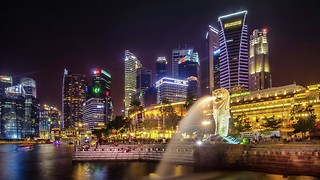Sargent, Sicker, Spencer: Hidden Depths
Fitzwilliam Museum, from now to April 5

Best to state baldly: this could have been deeper. Perhaps the main thing to be disappointed with about Hidden Depths is the discontinuity between Sargent and Sickert on the one hand, and Spencer’s artworks on the other. Yet in spite of the special techniques and mannerisms of these very different artists – there’s watercolour and lithography, impressionism and primitivism – all three do supposedly share common subjects: travel, music, the Great War and (most perplexingly) love. But then, who isn’t interested in travel, music and love? These appear less as shared aesthetic preoccupations than as one-size-Fitz-all themes by which to group these interesting, but quite different, artists. By all accounts, Sickert dismissed Sargent’s Venetian paintings as “slapdash gauches”, a comment passed when Stanley Spencer was but a twelve year old boy, residing in the Berkshire village where he would spend his working life.
However, the exhibition’s sketchy curation has nothing on some of its content. Entering the gallery we are greeted by nothing but mixtures of Sickert and Sargent’s frigid European landscapes (from which the artists made a fortune) and largely unprovocative portraits, many of which will appeal only to an interested minority. Their art is one of detachment. Cooly cerebral, it often postpones the viewer’s emotional engagement. Even Sargent’s admittedly brilliant oil rendering of a Sicilian peasant, where a thoroughly normal, heavily moustached worker is imbued with a dignified grace, was conceived as a visual “study”. But if Sargent and Sickert could be accused of thinking too much, then Spencer was prone to not thinking enough. Spencer’s ‘Self-portrait with Patricia Preece’, hung in the center of the gallery, should be singled out for criticism. Maybe the worst in a collection of nudes, Spencer prefaced this work by stating “I like to celebrate all loveable acts”, a declaration which becomes preposterous when confronted by the solipsism and misogyny of the scene he depicted. His brash and cartoonish canvases make Sargent’s watercolours look like works of genius.
 News / Council rejects Wolfson’s planned expansion28 August 2025
News / Council rejects Wolfson’s planned expansion28 August 2025 News / Tompkins Table 2025: Trinity widens gap on Christ’s19 August 2025
News / Tompkins Table 2025: Trinity widens gap on Christ’s19 August 2025 News / ‘Out of the Ordinary’ festival takes over Cambridge 26 August 2025
News / ‘Out of the Ordinary’ festival takes over Cambridge 26 August 2025 Comment / My problem with the year abroad29 August 2025
Comment / My problem with the year abroad29 August 2025 Sport / Return to your childhood sport! 29 August 2025
Sport / Return to your childhood sport! 29 August 2025









